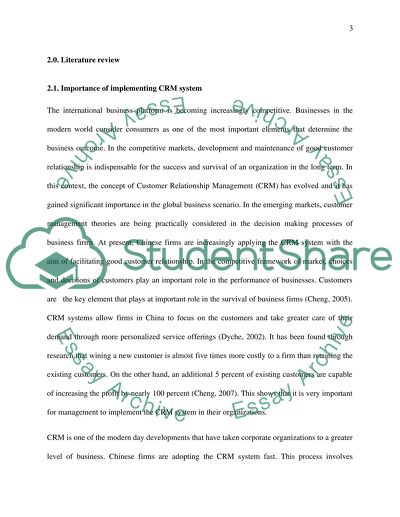Cite this document
(“A Case Study of Ping an Life Insurance Company of China Dissertation”, n.d.)
A Case Study of Ping an Life Insurance Company of China Dissertation. Retrieved from https://studentshare.org/social-science/1486992-a-study-of-how-customer-relationship-management-be
A Case Study of Ping an Life Insurance Company of China Dissertation. Retrieved from https://studentshare.org/social-science/1486992-a-study-of-how-customer-relationship-management-be
(A Case Study of Ping an Life Insurance Company of China Dissertation)
A Case Study of Ping an Life Insurance Company of China Dissertation. https://studentshare.org/social-science/1486992-a-study-of-how-customer-relationship-management-be.
A Case Study of Ping an Life Insurance Company of China Dissertation. https://studentshare.org/social-science/1486992-a-study-of-how-customer-relationship-management-be.
“A Case Study of Ping an Life Insurance Company of China Dissertation”, n.d. https://studentshare.org/social-science/1486992-a-study-of-how-customer-relationship-management-be.


